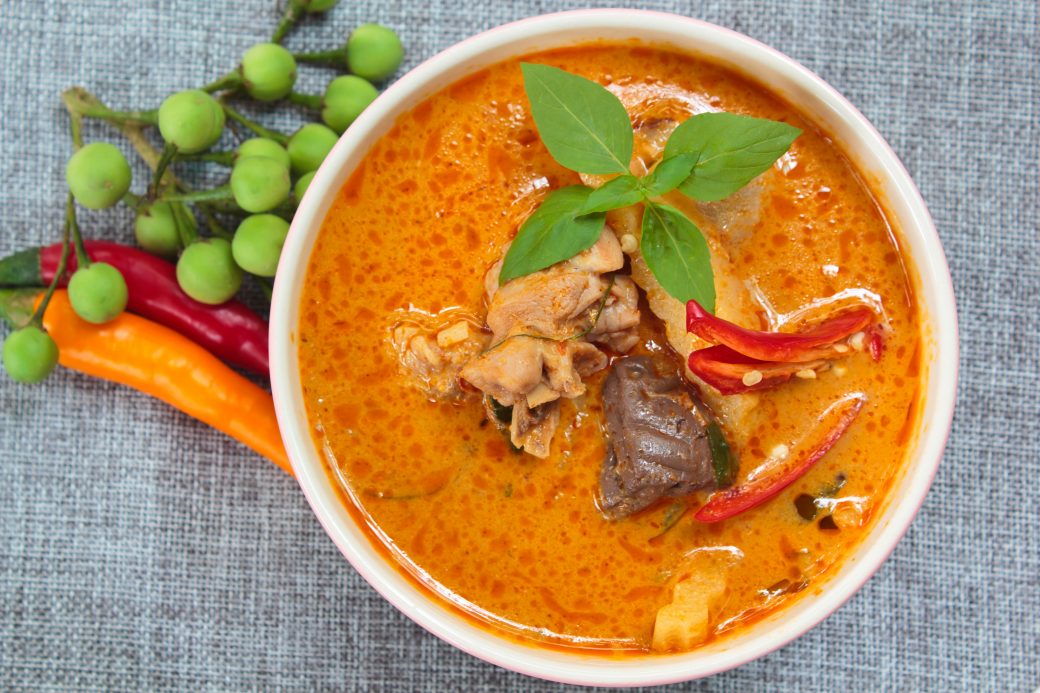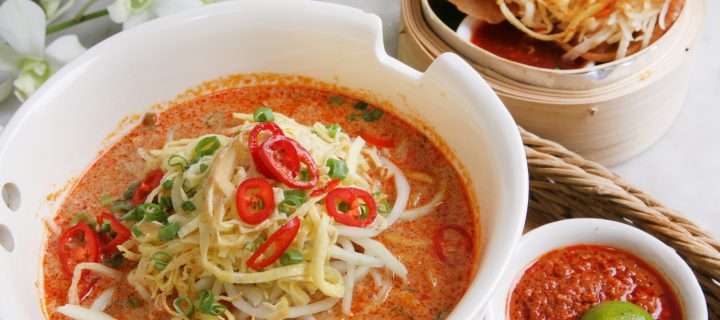Has tea, tissues, and Buckley’s failed to conquer your cold?
Then you may want to try something new (and delicious) – Southeast Asian food.
These three staple ingredients in Southeast Asian that we’ll highlight below give a kick of flavour, and a kick to the common cold.
Hot chilis are best for colds
Staples of Thai and Indian cuisines, red chili peppers and green chili peppers’ spices afford many health benefits, like adding years to your life expectancy.

You can add a remedy to the common cold to that list, too. The key to these spices is capsaicin. Research suggests that the capsaicin found in hot peppers have antiviral and anti-inflammatory properties. If you’ve ever eaten spicy food, you’ve probably felt the capsaicin go to work. Your nose will run and your eyes will water – and that’s what makes it so effective.
“These reactions will help release the locked mucus and open the nasal airways,” says David Greuner, MD, managing director and co-founder of NYC Surgical Associates in New York.
Garlic and ginger
Southeast Asian cuisine features other commonly used ingredients that also are believed to have decongestant and antioxidant powers, like garlic and ginger.
Study reviews published in Cochrane Database of Systematic Reviews suggests garlic is a strong choice to prevent the common cold. Additional research, including a review of studies published in 2019 in the journal Foods, shows that ginger also offers powerful antioxidant, anti-inflammatory, and antimicrobial properties.
Related: Healthy Food Tips Every Foodie Should Know
Turmeric
Arguably the most used ingredient in Southeast Asian cuisine, turmeric is a hell of a drug (a good drug). Combined with ginger, it’s as potent a one-two punch as Batman and Robin to the common cold.
“Both turmeric and ginger have been standard components of traditional Indian home remedies for colds and coughs,” says Anil Bathwal, executive chef and managing director of The Kati Roll Company in New York, New York. “The combination is meant to have synergistic anti-inflammatory, antioxidant, and antiseptic properties.”
Photo Credit: norikko/Shutterstock.com; Tachjang/Shutterstock.com












